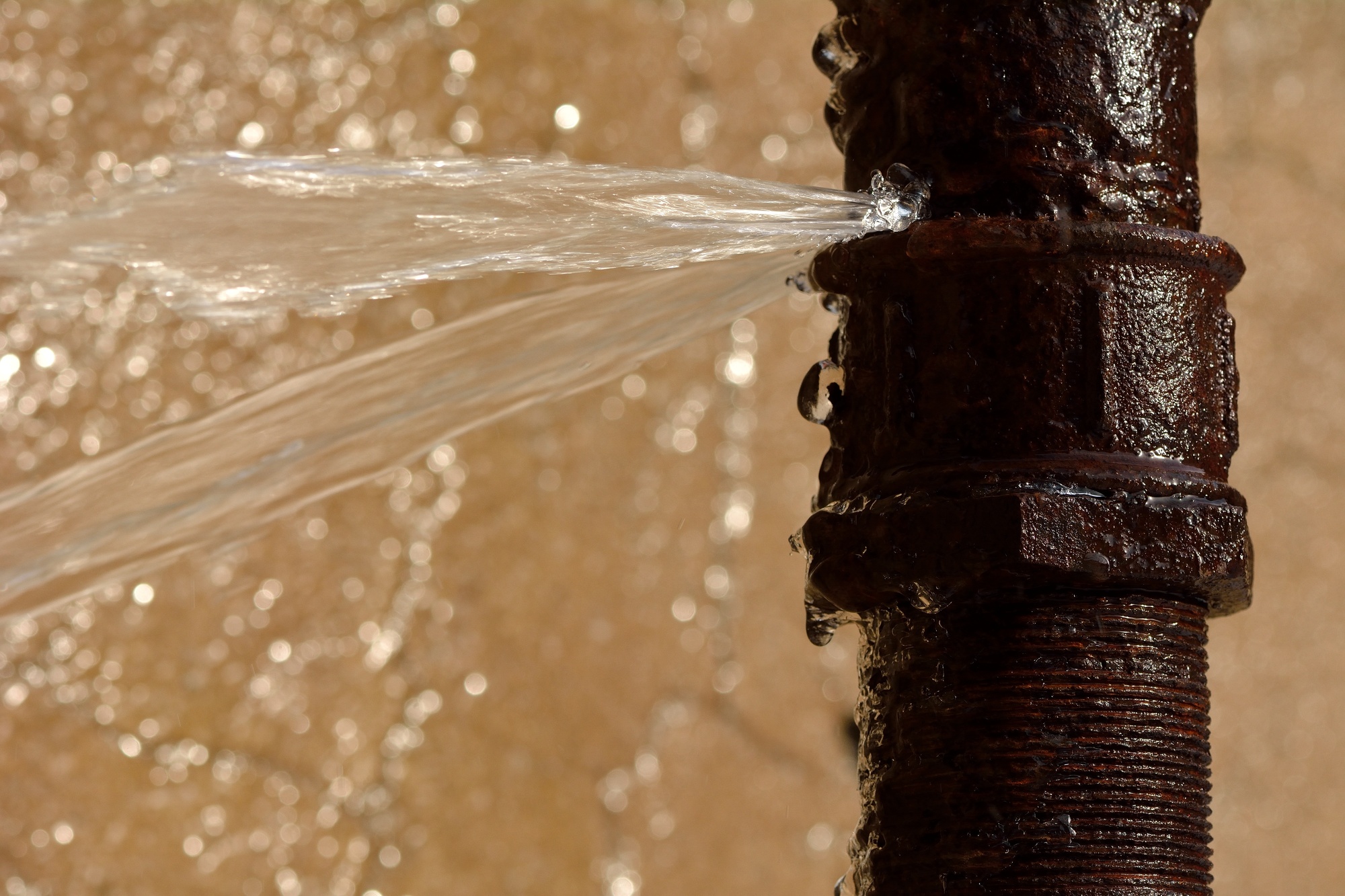The piping system plays a crucial role in household activities. However, you will likely need to address a pipe repair issue at least once in your lifetime. Failing to repair a damaged pipe promptly can have significant consequences for your property.
Homeowners have been using traditional solutions to repair damaged pipes. One of them is replacing the entire pipeline system. However, this repair method is quite costly and time-consuming. Thus, a more effective restoration method was introduced. Enter pipe relining.
This article talks about this pipe repair and restoration method. You’ll learn about the signs that you need it. You’ll also come across the pros and cons of pipe relining.
What Is Pipe Relining?
For many years, people have been digging extensively to access their piping system. This process is not only burdensome but can also lead to the destruction of your landscape, ultimately lowering the value of your home.
Pipe relining, on the other hand, has transformed the plumbing industry. Also called cured-in-place-pipe (CIPP) lining, pipe relining is a trenchless method to repair and restore damaged pipes. In other words, unlike traditional repair methods, relining has minimal to no digging.
How Does It Work?
The plumber will dig a small hole to access the damaged pipeline system. Then, they’ll insert a camera to assess and identify issues with your system. Some of the common problems include cracks, blockage, and root intrusion.
Once they have identified the issue, they’ll thoroughly clean your pipe to remove dirt. Next, they insert a liner dipped in epoxy resin and use an inflatable bladder to ensure the liner remains in direct contact with your damaged pipe. It should stay in this position for up to one hour; once it has cured, you’ll have a new pipe.
How Do You Know You Need Pipe Relining?
The following are telltale signs that indicate your home needs pipe relining services:
Unusual Smell From Your Drains
If your system is blocked or damaged, wastewater and household rubbish may take longer to drain, leading to rotting. The foul smell can come from your sinks, bathtubs, and toilets, affecting overall comfort and health. Pipe relining will help address the issues, guaranteeing you have a running system in no time.

Reduced Water Pressure
Sometimes, you may notice your water pressure has reduced significantly. This makes it hard to do simple tasks such as bathing. Reduced water pressure can be caused by root intrusion or leaks. This modern repair method may help remove roots and other debris, allowing water to flow smoothly. Also, it can rectify leaking pipes and reduce water wastage.
Sign Of Mold Growth
Mold thrives in dark and damp places. Thus, if you notice mold growth, there’s likely a leak somewhere in your piping system. Mold may affect the integrity of your home. Also, it can expose you and your loved ones to harmful elements. As you’ll end up with a new pipe, the mold won’t access moisture. However, if it has already grown, implement the proper measures to eradicate it.
Rusty And Damaged Pipes
If you have been using your pipes for an extended period, you will likely notice they’re damaged. Such pipes are more susceptible to leakage or blockage. Fortunately, inserting a pipe liner will fix the damage and prevent the pipes from rusting any further.
What Are The Benefits Of Pipe Relining?
Here are some of the advantages of this repair and restoration method:
- Faster
Replacing an entire piping system will take longer, from one to three days or more. It depends on factors such as size, damage, and location. On the other hand, pipe relining takes one to three hours to repair a damaged system.
- Less Damage
As mentioned, pipe relining reduces the need to dig. Hence, there’ll be less damage to your landscape. Damaging your home’s landscape can take a considerable amount of time to restore, and in turn, harm its overall appearance and home value.
Despite its numerous benefits, pipe relining has one major limitation. If the damage is too severe, using the liner to rectify the issue can be challenging. In such a situation, you may be forced to replace the entire piping system.
Summary
As mentioned above, pipe relining has revolutionized the plumbing industry. Instead of digging extensively, pipeline experts can just insert a liner into the damaged pipe in this restoration method. You can look out for signs such as bad odor, mold growth, and lower water pressure to determine whether you need to call a professional plumber for pipe relining. It can help guarantee your system is running again in no time.

